| (Previously...) I watched a group of goats as they gathered on some rocks. I was amazed at how they kept their balance without the fear falling into the sea. After the watching the goats, I cycled as fast as I could to reach the only 7-Eleven on the island. I bought some food and some water and when I came out of the store, it was already dark. I knew that I was in big trouble in this island of orchids. [Read more...] |
I cycled as fast as I can to get to my hostel. It was too late to realize that my bike did not have any headlight and I was forced to walk in some parts of the road just to keep myself safe. At the city center where there was a basketball court, I made a stop and ate my dinner. I continued to cycle until I got lost in the island's hospital. I don't have any smartphone to check my location but I knew my hostel was very near. I asked for help from a group of Yami women sitting comfortably on a bench and chatting with each other. To my surprise, one of them was the mother-in-law of my hostel host.
She called herself “Ina” which is the Yami term for mother. She knew it because it was her house. Haha! I wasn't able to meet her when I first came in the afternoon to the guesthouse. But thank God, because I found her! When I reached the hostel, I immediately took a shower and read the book that Pearl (my host) lent me. It was about the Yami culture and I was really amazed by the similarity and differences of the Yami people of the Orchid Island and the Ivatans of Batanes in the Philippines.
Late at night, Pearl called me to go downstairs where I was introduced formally to Ina and Yama (the Yami term for father). They were Pearl's in-laws and I was actually intrigued by how she got married to Yama and Ina's son. So she told me their story. She came to Taiwan to study until she met her husband. The rest was history and she now runs the hostel together with his husband's family in Orchid Island aka Lanyu.
Pearl was fluent in speaking Chinese and she acted as the interpreter between me and her in-laws. There was so much enthusiasm with Yama and Ina to tell their culture. As a Filipino, I was also interested to know more about the Yami and the untold history that is kept hidden under the gigantic waves of the Bashi Channel. The old man and woman and the rest of the older generation of the Yami people knew from the bottom of their heart that the Ivatans in Itbayat, Batanes were there brothers and sisters.
They told me about the story of Yami islanders that went to Batanes and brought home a "vakul" which is a kind of cap that Ivatans wear to protect themselves from the heat of the sun. It was such a big news on the island and the Yami people were curious of such piece of aboriginal clothing. Yama asked me if there was a direct flight from Orchid Island to Batanes but sad to say there wasn't any. If ever the airlines in Taiwan and Phillippines will create a new route between the two islands, then it would be beneficial for the people of Yami and the Ivatans. A lost connection that can be joined again. Let's pray that it will happen someday.
Hanging at their house is a “tatala” or a canoe. In the Ivatan language, it is called a “tataya”. Built using the traditional woodwork methods of the Yami, having one inside your house brings a sense of pride for the homeowner. One thing I really observed about the “tatala” was its decorations. Figures of human and fish were drawn on the sides of the boat. I tried to search on the internet about a similar boat in Batanes but I cannot find one. I have a suspicion that the Spaniards were the culprits on how these beautiful ornamentations in the boats of the Ivatans got lost. They must have been forced to forget their culture of boat painting.
 |
| "amongan lalig". A plate for eating |
 |
| "amongan lalig". A plate for eating |
The fun storytelling of Pearl and her in-laws continued until they told me the biggest surprise of my travel adventure. They said to me that there was an Ivatan who went to Orchid Island and got married to a Yami 30 years ago. Three decades is a very long time but the way they told it to me seems like it happened yesterday. Without wasting any time, they search in their phonebook about the number of a woman whose name is “Linda”. They picked up the phone and dialed the magic numbers. Someone answered and after a while, the phone was handed to me.
“Pilipino po ba kayo?”, the greatest question that I have ever asked to a stranger. Linda answered the question in Filipino and she was very happy that someone from the Philippines visited the island again after a very long time. As I listen to every word that she said on the other line, I got more intrigued on how she met her Yami husband and if she grew up and lived in Batanes. Hmmm....
But before I met Linda, I was told by my hosts that there was another Filipino living in Lanyu. She was not an Ivatan though and she's on the island working as a waitress of a restaurant. The eatery serves breakfast for locals and I woke up early the following morning to greet her hello.
Seeing her for the first time inside the Tatala and Ya-ken restaurant, I already knew that she was my fellow countrymen. I already asked her directly if she was a Filipino while I was ordering my food. She said that she was the other Filipino in the island. Unfortunately, there were also other customers so I have to wait at my table to talk to her longer. I ate my breakfast slowly which was a scrambled egg with bread plus an ice tea placed in a big beer mug. My new friend who is like in her 40s had some chance to come to my table to have a little chit chat. I
I already forgot her name and from which part of the Philippines but she told me that she also know the story of Linda. I told her that I toured around the island with my bicycle and met two Yami farmers who were listening to a song of Freddie Aguilar on their radio. The Filipina explained to me that the Yami people really love to listen to the songs of Freddie Aguildar and some of them even have cassette tapes of his songs at their homes. It was another surprising fact that I have discovered here on Orchid Island! Although, there was no explanation why the Yamis are fans of the “Anak” song composer. Another trivia that I learned from my new friend is that they can hear from their radiosets broadcasts coming from the Philippines.
As minutes passed by, more customers entered the restaurant so our talk was cut short. I finished my breakfast and then said goodbye to my “kababayan”. I went back to my hostel where Pearl was getting ready with her car. Through her help and her in-laws, they arranged a visit to Linda's house. Pearl drove the vehicle while I sat comfortably at the backseat. The sound of coconut leaves rustling against the wind was music to my ears. The fresh air getting inside the car calmed my pounding heart. I don't know what to expect upon meeting Linda.
We stopped at the town center. I remembered the place because I passed by here while riding my bike back to the hostel last night It has a basketball court and there were children playing. Linda's house was located around this area. After asking people, Perl and I entered a veranda. From there, I saw ingredients for making “halo-halo” (Taiwanese shaved ice dessert) and “alibangbang” (flying fish) that had been dried and hung.
I then saw Linda. A brown-skinned woman who doesn't look like a Taiwanese. I already knew from my first glance at her, that she was a Filipino. When I was introduced by Pearl to be her “kababayan”, Linda got very happy. It had been years according to her, that a fellow Filipino visited her home again. Happiness filled my heart. We were like relatives who had not seen each for a very long time. Haha!
An Ivatan who had lived for three decades in Taiwan. How come she was able to meet her Yami husband, was the important question that I asked Linda. “Paano ninyo po nakilala ang asawa ninyo?”, I asked her. She replied that men from Orchid Island went to the Batanes group of islands in the Philippines to search for wives. The similar culture and shared language (60% to 80% of the words are similar) between the Yami people of Taiwan and the Ivatans of Batanes make it possible for a successful marriage. It was funny to know that Linda like any other women in the northern islands of the Philippines wanted to leave her hometown for a new life in the city but found herself in another island.
 |
| "tatala". Traditional boats of the Yami people |
An Ivatan who had lived for three decades in Taiwan. How come she was able to meet her Yami husband, was the important question that I asked Linda. “Paano ninyo po nakilala ang asawa ninyo?”, I asked her. She replied that men from Orchid Island went to the Batanes group of islands in the Philippines to search for wives. The similar culture and shared language (60% to 80% of the words are similar) between the Yami people of Taiwan and the Ivatans of Batanes make it possible for a successful marriage. It was funny to know that Linda like any other women in the northern islands of the Philippines wanted to leave her hometown for a new life in the city but found herself in another island.
30 years had passed when she first arrived on the island and Linda was already forgetting to speak some Filipino words as she tried to answer my questions. Being married to a Taiwanese (her Yami husband), she had changed her citizenship a long time ago. Her other half is a fisherman in the village but I have a hunch that Linda got married to rich Yami.
 |
| "taotao do tatala" |
Linda showed me some of her pictures to get a glimpse of what is life on the island. According to her, the Yami have certain traditions which require the family members to wear their “uniforms”. While photos on the internet show Yami men in “bahags” during the flying fish festival, it was my first time to see women wearing skirts through her photos, similar to those worn by the Atayal people (let's say Ifugao of the Philippines). They also have bead jewelries like any typical indigenous community. It was easy for her to adapt on the life in Orchid Island because she can also speak the Yami language which is really amazing.
The older generation of the Yami people had always believed that the Ivatans of Batanes were their brothers and sisters. Although the kids in island believed nowadays that they are Taiwanese, their curiosity to the northern islands of Philippines will never falter. Linda told me the story about the frenzy that happened in Orchid Island when a group of Yami went to Batanes for a tour and brought home a “vakul”, a kind of native hat worn by Ivatans. It is made of dried grass that you can easily put on your head. The Yami got crazy upon seeing such unique clothing of the Ivatans.
According to Linda, the Ivatans of Batanes had always believed that Orchid Island was part of the Philippines. It can be said that the Yami and the Ivatan were one before. Adding more spice to her story is that the two ethnic groups met in the middle of the Bashi channel using their traditional canoes. Talking on how life is on their island and exchanging “gabi” or taro. No one can deny the that these two groups of people share the same culture. They are fond of the flying fish and have the same rituals and prayers in catching them.
My conversation with Linda was cut when her husband came. I listened to them and I was greatly astonished by how they talked to each other. The two were speaking in the Ivatan language with Linda who I assumed, explained first to her better-half who I was and why I went to Orchid Island. I grabbed the oppurtunity to ask more questions and clarified some things about how the people here lived. I throwed questions to Linda which she translated in Ivatan for her partner. Her husband answered me in the local language which was translated into Filipino by his wife.
I asked Linda's husband these questions.
1) Q: Why are the towns of Orchid Island located along the shore?
A: They have more access to fresh water. Rivers and ponds are situated along the beach making life easier rather than living up in the mountains. This in contrast to the towns of Itbayat (the Yamis always mention Itbayat to refer to Batanese) where the towns are located uphill.
2) Q: Why there are no Chinese temple in Orchild Island? I haven't seen one.
A: The Yami people don't like the smell of incense.
3) Q: Why is there a tunnel in Orchid Island that lets visitors pass through a mountain and get out on the other side of the road?
A: There was no circumferential road on the island before, so the Yamis used to climb the hills just to reach the nearest town. When the Japanese came, they created a tunnel to let people pass through easily. The road was later created to allow cars to roam around the island.
I felt relieved that the mysteries that I have observed in the island were answered. Even the snake that I saw in the middle of the road while biking was identified by Linda's husband to be not poisonous. Haha! Cycling around the island also opened my eyes that the locals here are mostly Christians through the number of churches that I have seen. The places of worships also has drawings of “tatala” which made them more interesting.
Much as I wanted to stay longer in Orchid Island, a typhoon was fast approaching Taiwan. Linda told me that the best time to visit again is every March, April and May. That's the summer season in the Philippines. She told me that going during Taiwan's hot and humid months of June, July and August won't be good because of the number of typhoons that pass through the Bashi Channel. The seas become rougher making traveling by boat more dangerous. Ferry trips can be still become canceled even though a storm had already left and sometimes tourists are left stranded on the island.
Before I left her house, she made a delicious Taiwanese shaved ice dessert which we both called as “halo-halo”. Using local ingredients from the island like the native taro, it was blended with jellies and beans to create that unique tropical flavor of Taiwan. The Ivatan made if for me free of charge. Thank you Linda!
Just call me “Tita Linda”, she said after she took me to the port through her motorcycle. My new “aunt” was an expert scooter driver even at an old age. She wanted me to return to Orchid Island and is also offering her guest room. Like a real nephew and an auntie, we bid goodbye to each other. I promised to return and visit her if the opportunity comes again.
I guessed the story of a Filipino Ivatan will repeat in the lives of these people who have decided to make Lanyu their new home. And after three decades, a travel blogger will discover that a fellow countryman had been living there for years. That person will tell to the whole world of the many beautiful things he had discovered. The island, its culture and most especially, the neverending stories of friends and lovers.
RELATED CONTENT:
Taiwan Day 1038 and 1039: Utopia Part 3 “Island of Orchids”
Sakura Series - Taiwan
Sakura Series - Taiwan
Sakura Series - Japan
Maple Series
 |
| Yehliu to Jiufen? Yehliu to Shifen? Cheaper than yellow taxis |














































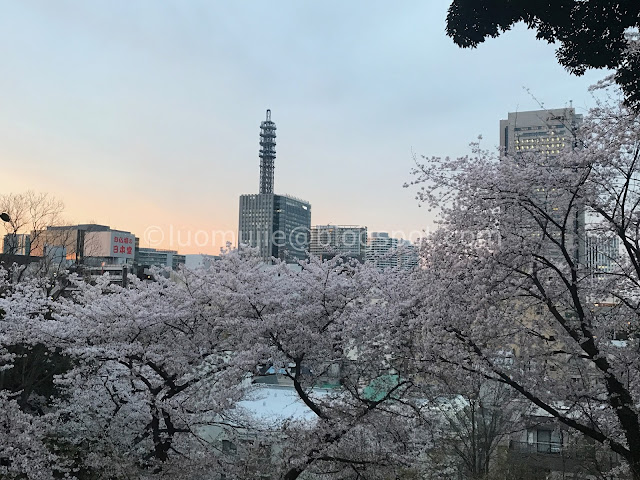
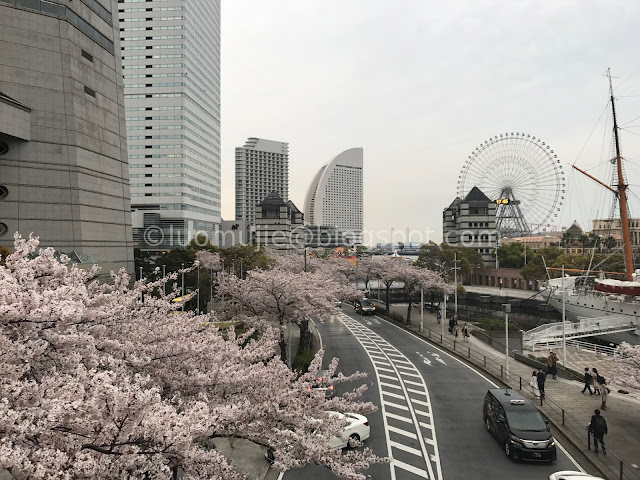
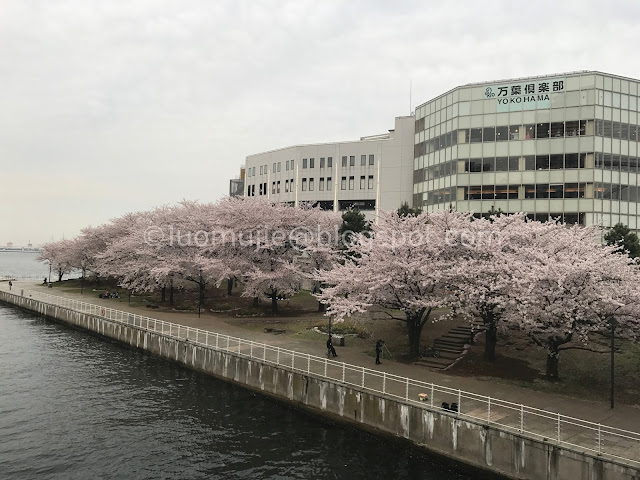
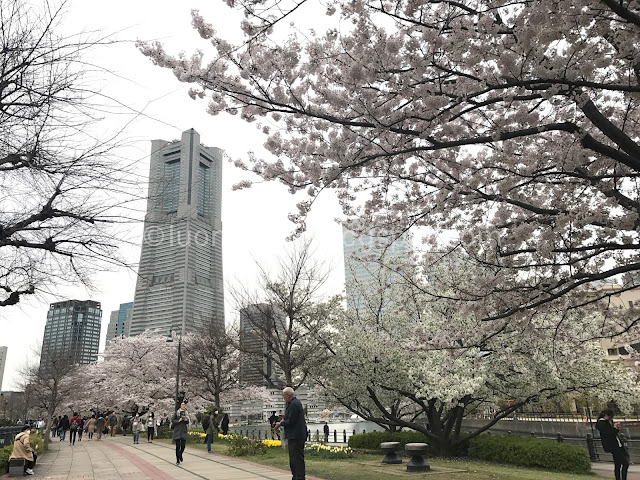
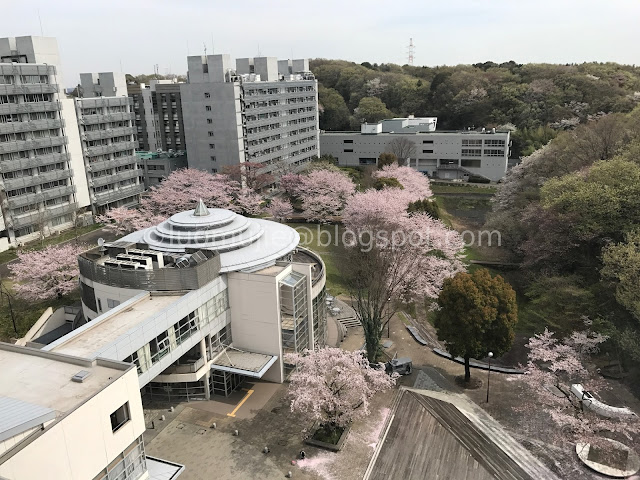
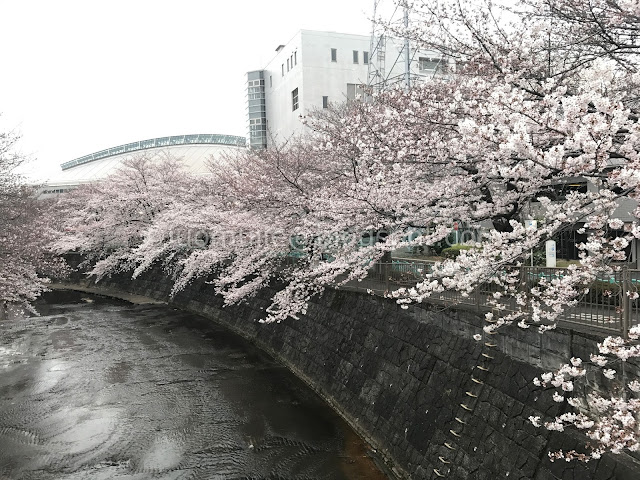
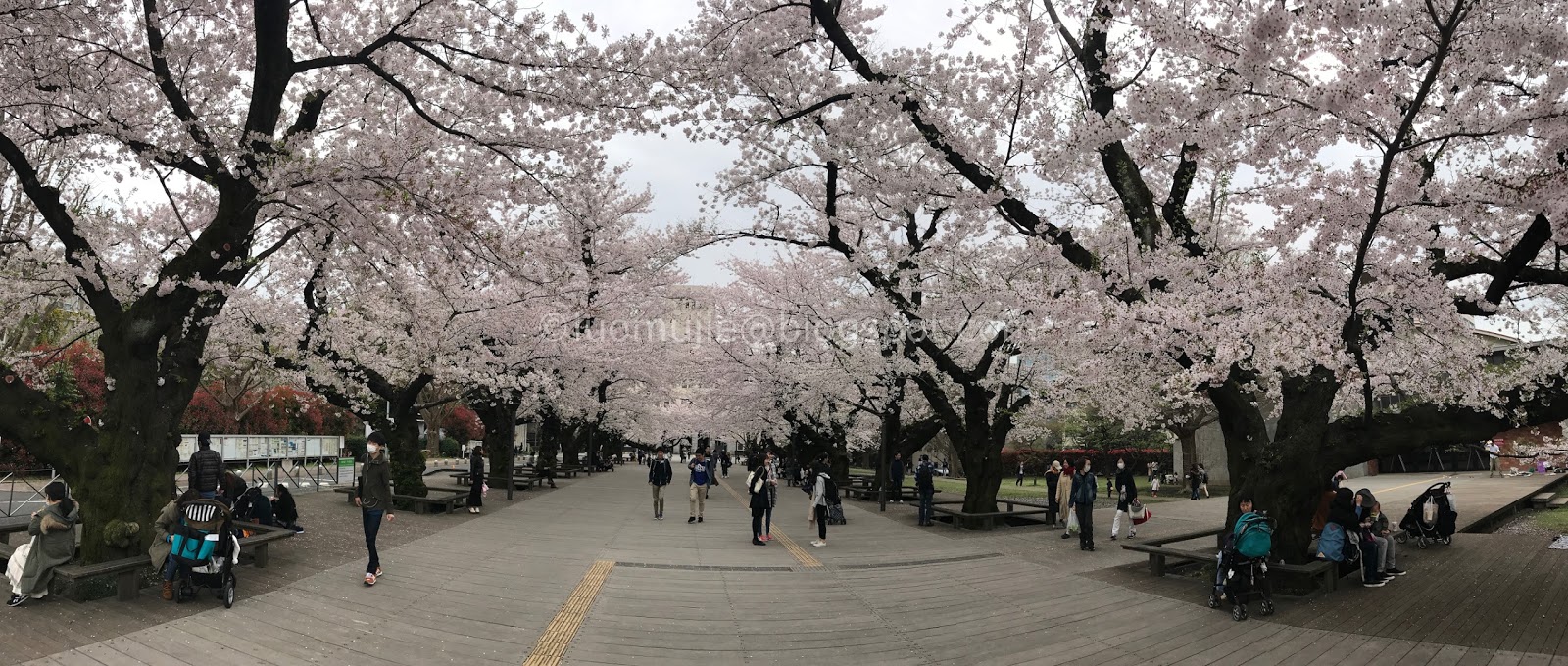

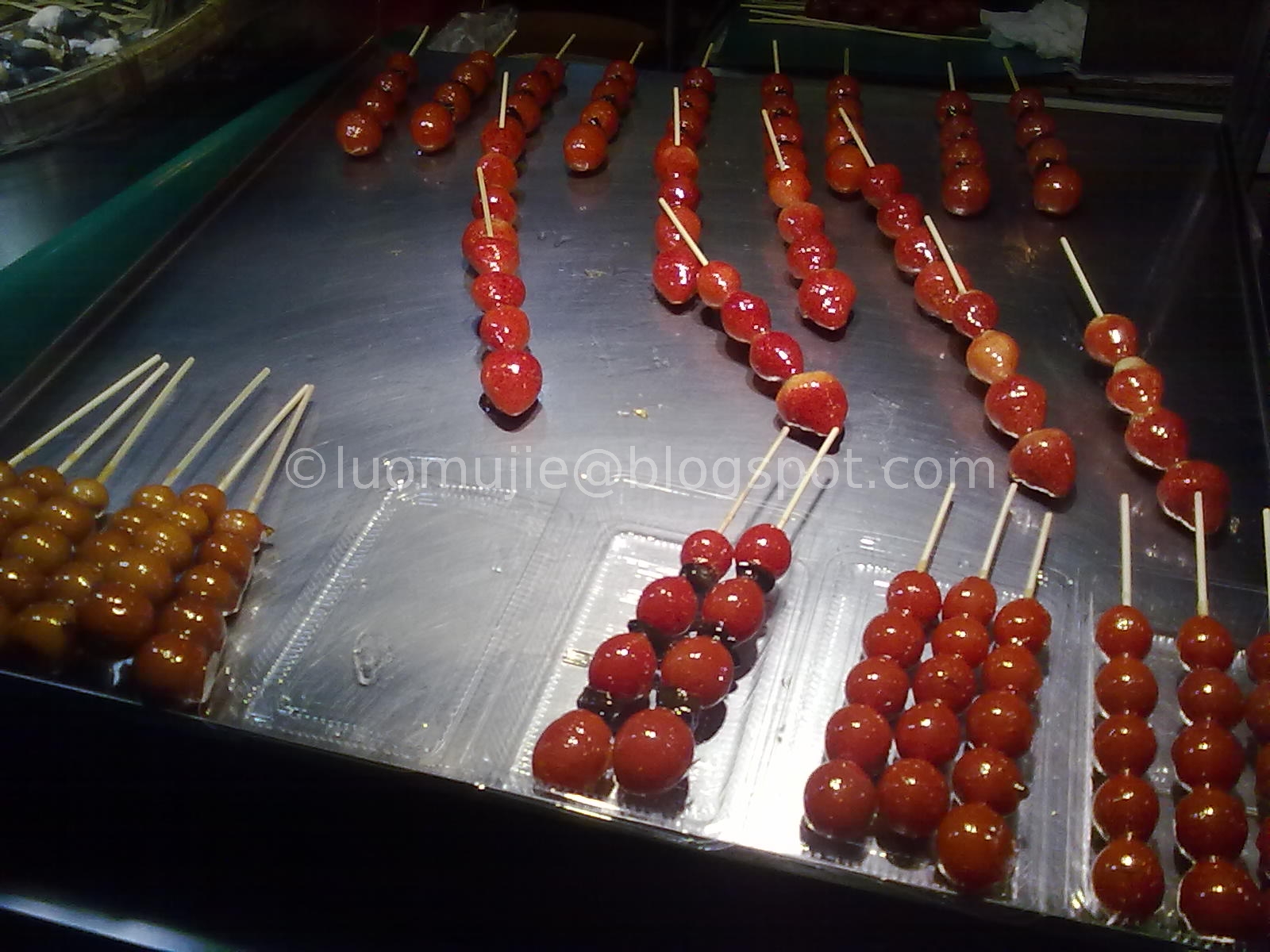
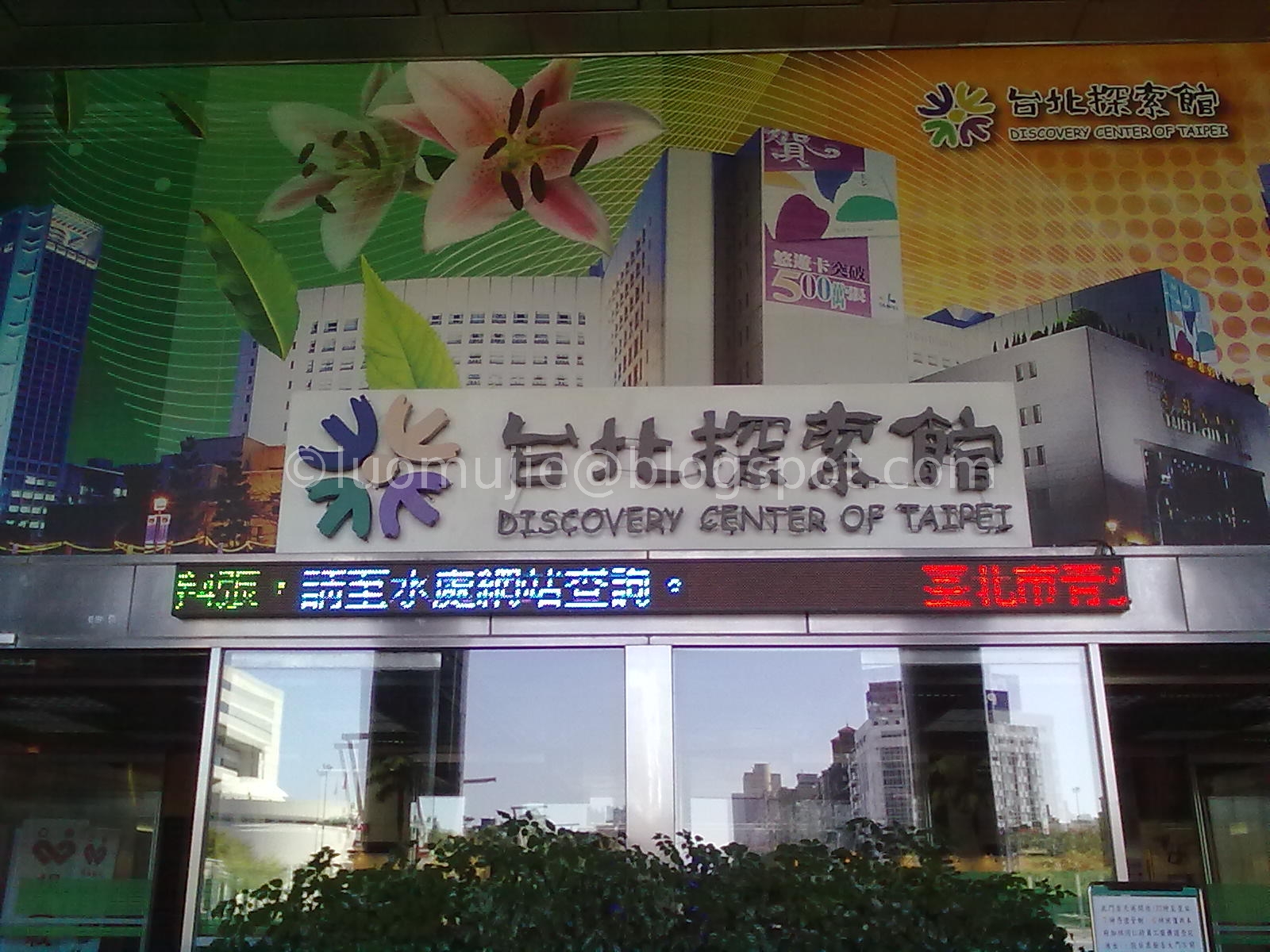

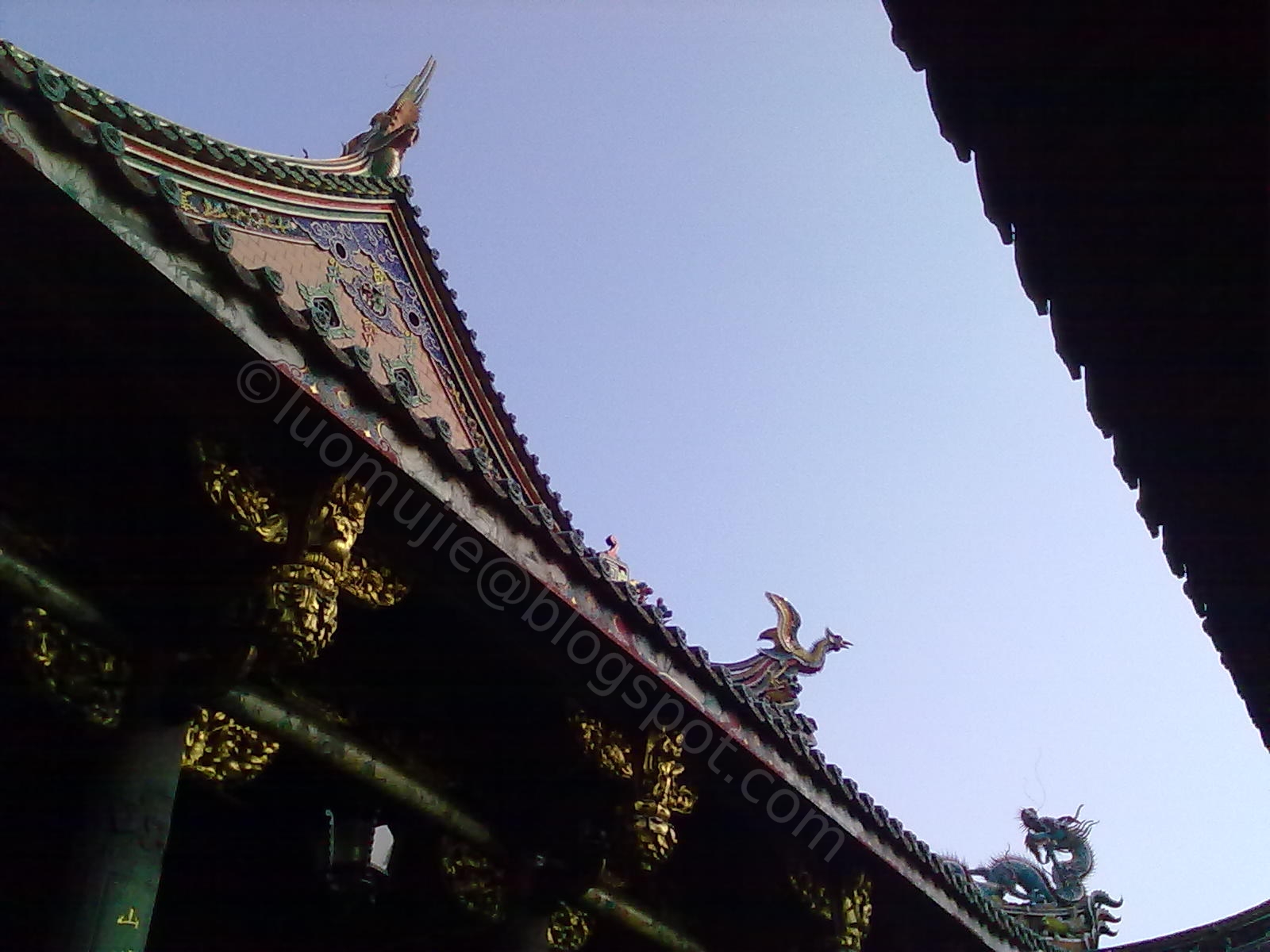
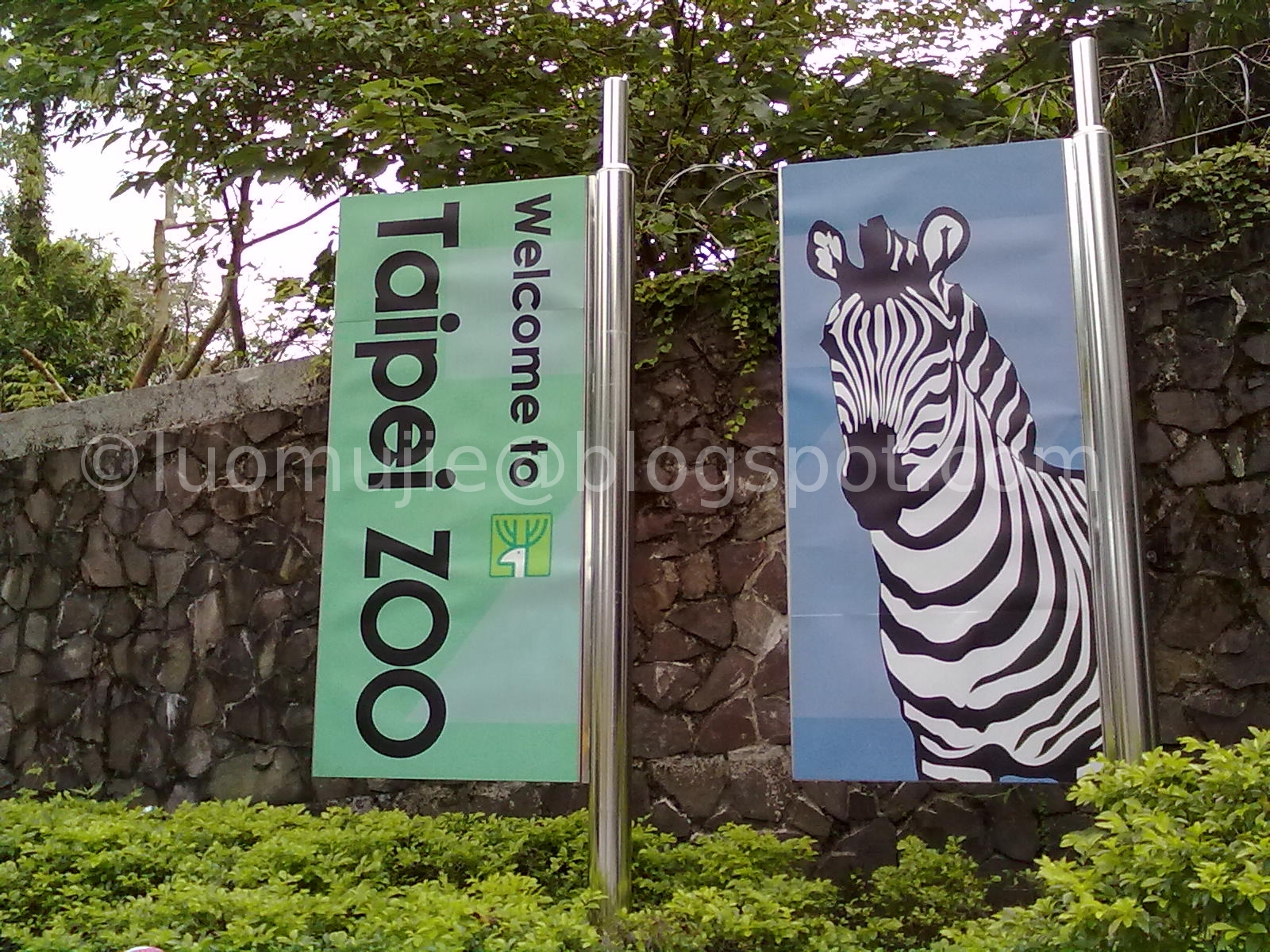
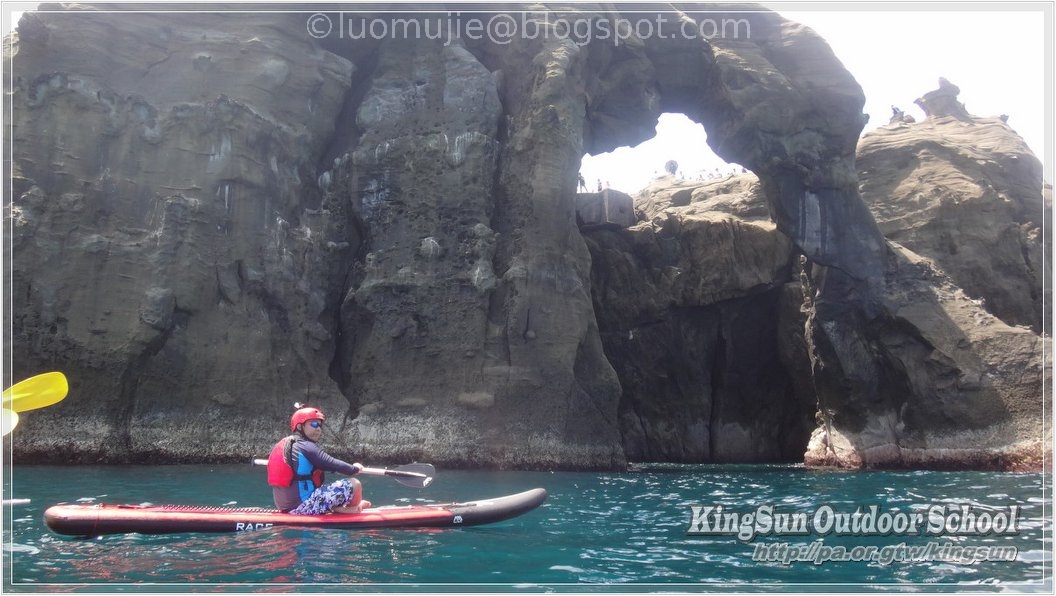

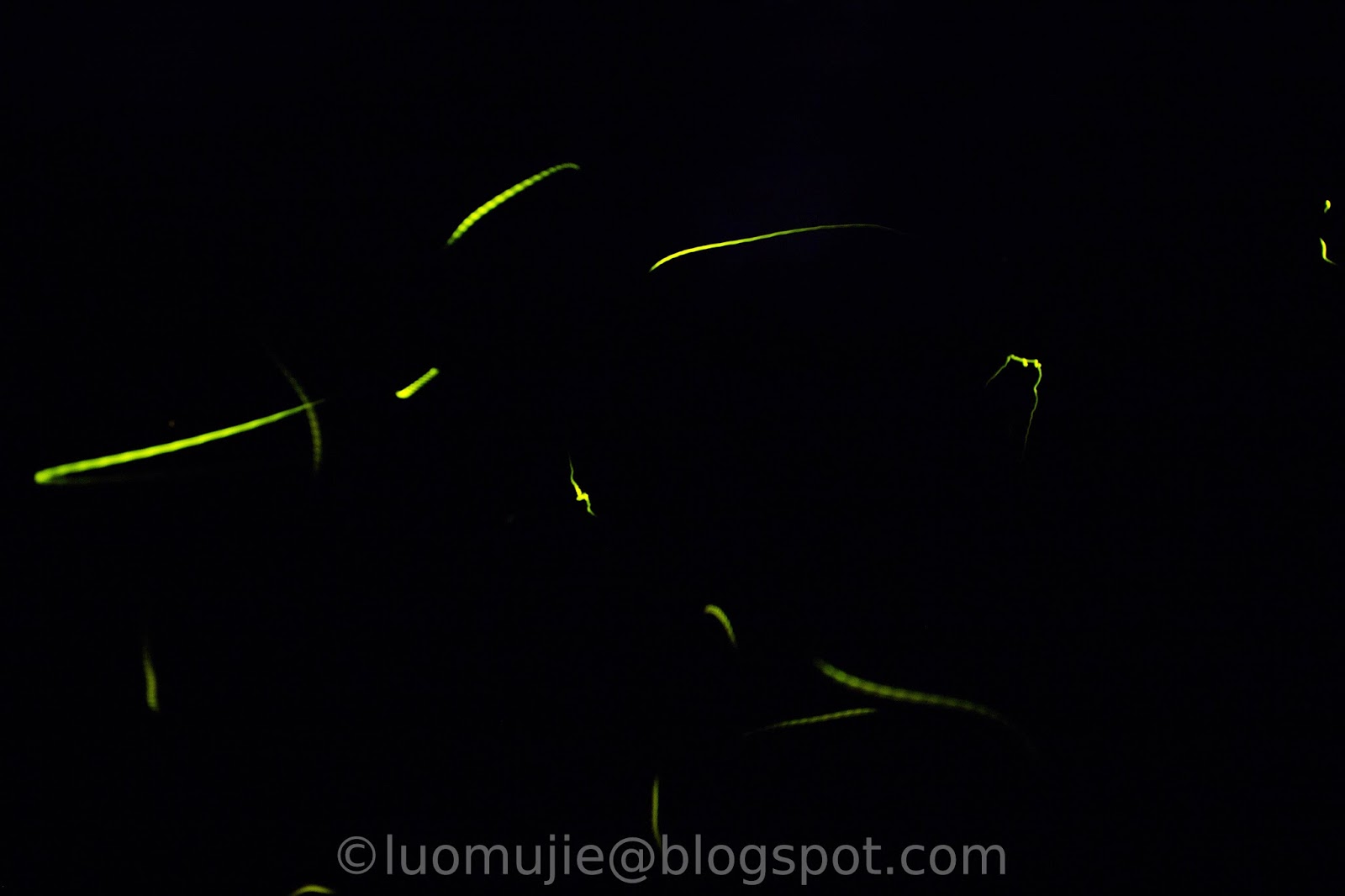




















































































Hi! I am a Filipino who is currently living in Taiwan. I heard from a local Taiwanese that there are most likely people with Filipino ancestry living in Lanyu. After reading your post, I became more interested and motivated in visiting Lanyu. I am curious as to when you went to Lanyu?
ReplyDeleteI went in June. You should visit there during the summer months in the Philippines, April or May.
DeleteI'm ivatan, from itbayat, i got curious about lanyu culture when i found post on fb that we have similar cultures, and i ask my mother about this and she saod that they annually visit the town on town piesta😊... Now i really wanna go there and talk to the locals... If only we have a boat or a plane going to lanyu(they do have airport cuz i did go for a research)
ReplyDeleteYou have go to Taitung Airport to fly or ride a boat to Lanyu. You have two options if you're coming from Philippines: Fly to Taoyuan International Airport in Northern Taiwan or Kaohsiung International Airport in Southern Taiwan . From Taoyuan International Airport, ride MRT to Taipei Songshan Airport and board a domestic flight to Taitung Airport. Mandarin Airlines and Uni Air have flights to Taitung Airport from Taipei Songshan Airport.
DeleteFrom Kaohsiung International Airport, ride MRT/train to TRA Taitung Station, then transfer via a taxi to reach Taitung Airport. This Kaohsiung route is more efficient and more budget friendly.
Batanes is the border to Taiwan (ROC)
ReplyDelete